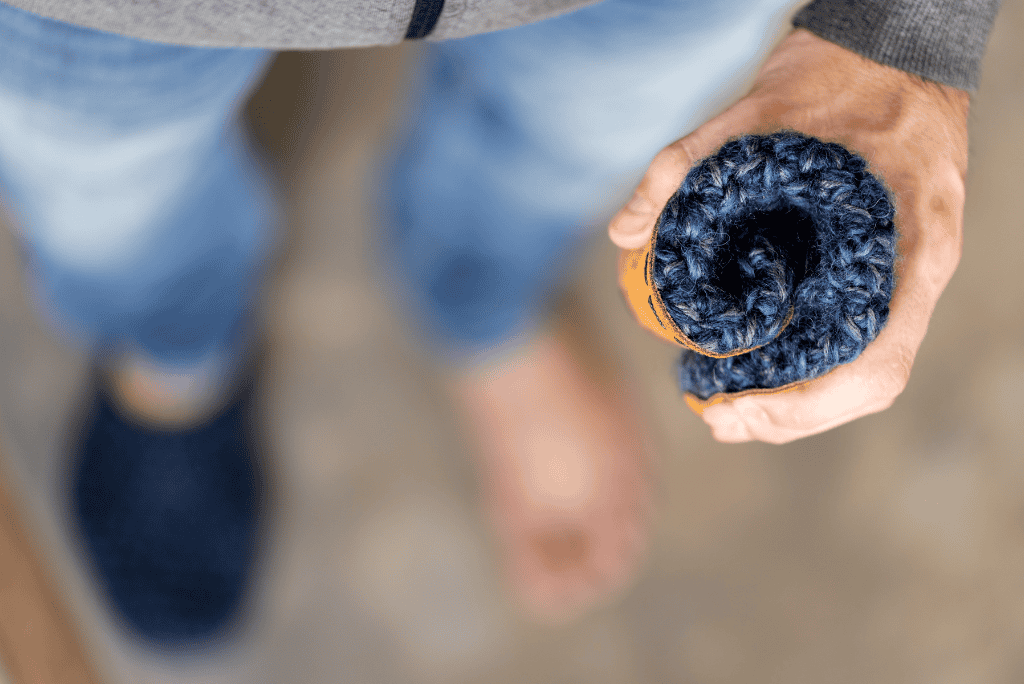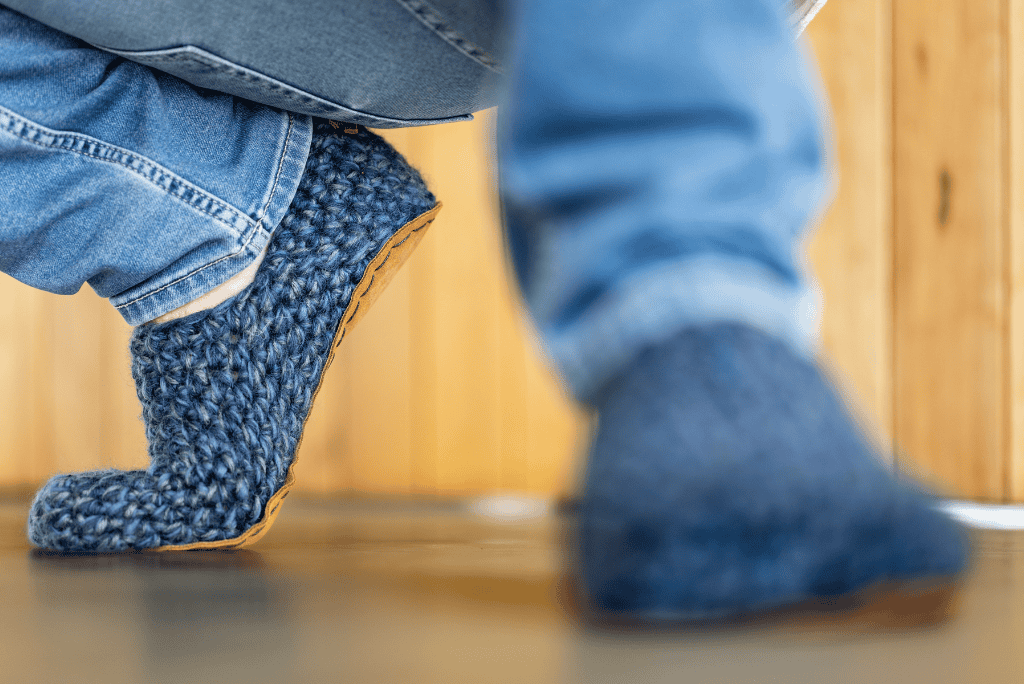What is Barefoot Footwear?
Put simply, barefoot (or minimalist) footwear allows your feet to move as if barefoot.
Letting your feet function as freely and naturally as possible without restriction.
Let's talk anatomy
Together your feet comprise of 52 bones (a quarter of the total bones in your body), 66 joints, 38 muscles, 20 tendons and 214 ligaments. Your feet contain approximately 8,000 nerves that’s more per square centimetre than any other part of your body. Your feet are the foundation for your entire body providing support, balance, posture and overall wellbeing. Your feet are pretty amazing! So it makes sense for you to look after them in as natural way as possible.
So what makes footwear, barefoot?
Wide Toe Box
Most conventional footwear narrows at the front meaning your toes can be squashed into unnatural shapes. Barefoot shoes follow the curvature of your feet providing plenty of room for your toes to spread out naturally.
Zero Drop
Refers to the difference in height between the front of the shoe and heel area. Barefoot shoes are completely flat meaning your whole foot is flat on the ground helping to keep your spine nicely balanced and body aligned.
Flexibility & Adaptability
Barefoot shoes follow the natural movement of your feet allowing them to maximise mobility and flexibility. Regularly using a full range of motion, helps your feet develop the necessary muscles to provide support and remain strong.



Lightweight
We’re encouraged to walk around 10,000 steps a day. With the average pair of shoes weighing up to 1.5 kg that’s a lot of unnecessary weight to carry (approx. 7 tonnes every day!). Barefoot shoes should be lightweight and not heavy on your feet.
No Arch Support
Cushioning in regular shoes was created to make life easier for feet, but if your feet don’t work, they become weaker over time. Barefoot footwear is designed without support allowing your feet to become strong, helping long-term foot health.
Thin Soles
Allow you to feel the ground beneath your feet, helping all those 8,000 nerve endings in the soles of your feet to send information about their surroundings back to your brain, making it easier for you to move more confidently.

